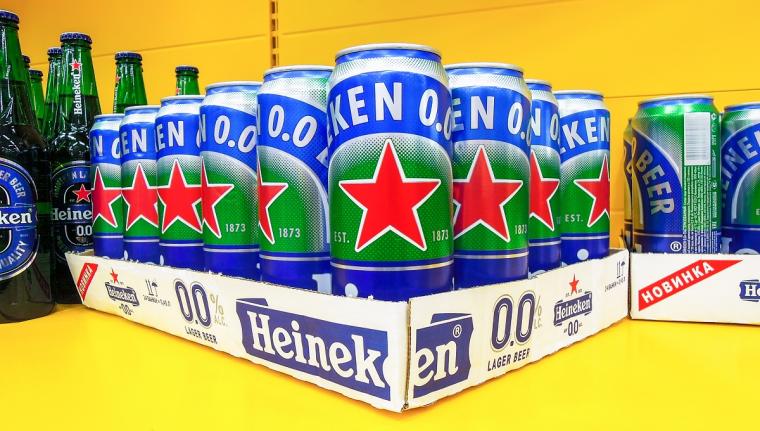
How do you serve a public that doesn’t want to come to live events, including sports – and can their minds be changed?
Recent research from Talker shows that more than 80 percent of Generation Z (defined as being born between the late 1990s and the early 2010s) prefers to watch live sports on the go using their phones and other devices, rather than viewing it in a stadium – or even at home – because it is more convenient.
Download the study findings from SDM’s website or in segments from Talker here.
In fact, a study commissioned by Vizrt and conducted by OnePoll found the love of live sports seems to be dying out among the younger generations, with just 58 percent of Gen Z stating that they enjoy it. Basketball, track & field and soccer are favorites to watch on the small screen; football consumption is way down.
Additionally, about 74 percent of GenZ (which has grown up with the Internet, and for whom mobile devices are second nature) is getting most of its sports content from social media – more than any other generation; additionally, 65 percent of millennials said they are doing the same.
“There’s a drastic shift in how the younger demographic is interacting with, and consuming sports content,” said Pino Barile, head of sports, USA-Vizrt. “To truly keep these fans engaged, broadcasters must adapt their content for the younger generation's viewing habits. Millennials and Gen Z want shorter, snappier content they can watch on the go, but that is rich with AR graphics, real-time data, and exciting analysis to feel fully immersed in the game.”
And here’s a wake-up call, adds Talker. Only one percent of GenZ says they will go to a bar to watch a game.
Backing this up is a second report, this put out by Billboard but elaborated upon by LiveForLiveMusic.com, that shows GenZ’s alcohol consumption is down. Way, way down, in fact – and it started early. A 2020 study by Texas State University professor of psychology Ty Schepis found that 28 percent of college students from ages 18 to 22 abstained from alcohol in 2018, compared with 20 percent in 2002, and alcohol abuse in the same age range dropped by 50 percent in the same time period.
 These days, entertainment directors are seeing a marked decrease in alcohol consumption on the part of GenZ who are now working adults, and who have disposable income.
These days, entertainment directors are seeing a marked decrease in alcohol consumption on the part of GenZ who are now working adults, and who have disposable income.
In fact, operators of concerts and music festivals – previously a prime drinking spot for this age group – are trying to develop new ways of catering to the crowd. A noteworthy trend, increased use of cannabis (count on this to grow as more states legalize marijuana) has also emerged.
Venues, which used to make their profit on alcohol use, are working to develop alternatives that take into mind these preferences; non-alcoholic drinks and CBD-infused beverages are gaining traction. And, LiveForLiveMusic notes, two festivals recently announced plans to be the first festivals in Illinois to allow onsite cannabis consumption. However, cannabis use may be more difficult for indoor venues, particularly in areas where smoking is prohibited.
A growing awareness of the long-range health problems associated with alcohol seem to be playing a role in GenZ’s avoidance. In fact, young people “are actually learning that alcohol is toxic to humans,” said Charles Smith, an addiction specialist at the American Addiction Centers Recovery First Treatment Center in Hollywood, Florida.
During the pandemic, with fewer social outlets, many individual reported a higher alcohol intake, something that forced many to a reckoning that has lasted.
“Through social media, through education, cooler heads have prevailed,” said Smith. “You never go to the doctor and for routine health maintenance, and he says, you know, I think you should start drinking some alcohol.”
Whether and how to reclaim an interest in being present for live sports – and how to make up the shortfall at the concession stand (where, in the past, beer was king) still remains unknown. But the two younger age groups’ increasingly health-conscious stance could feed into participation in sports, which could translate back into fandom.
In fact, we’re moving in that direction, according to a report from Kantar, which noted, in part:
“Although Gen Z drinks alcohol the least among generations, Millennials are currently the most likely consumers to drink low- and non-alcoholic beers and spirits, according to Kantar Global MONITOR data. Looking more closely at these drinkers, we found they tend to be more physically active than the global average (43 percent vs. 37 percent) and concerned about the environment (61 percent vs. 55 percent). They are also food-conscious, with many turning to healthy food choices more frequently than average. Interestingly, while these consumers are drinking low- and no-alcohol alternatives, most (54 percent) still drink regular forms of alcohol as well, indicating that they are striving for healthy balance and moderation.”

